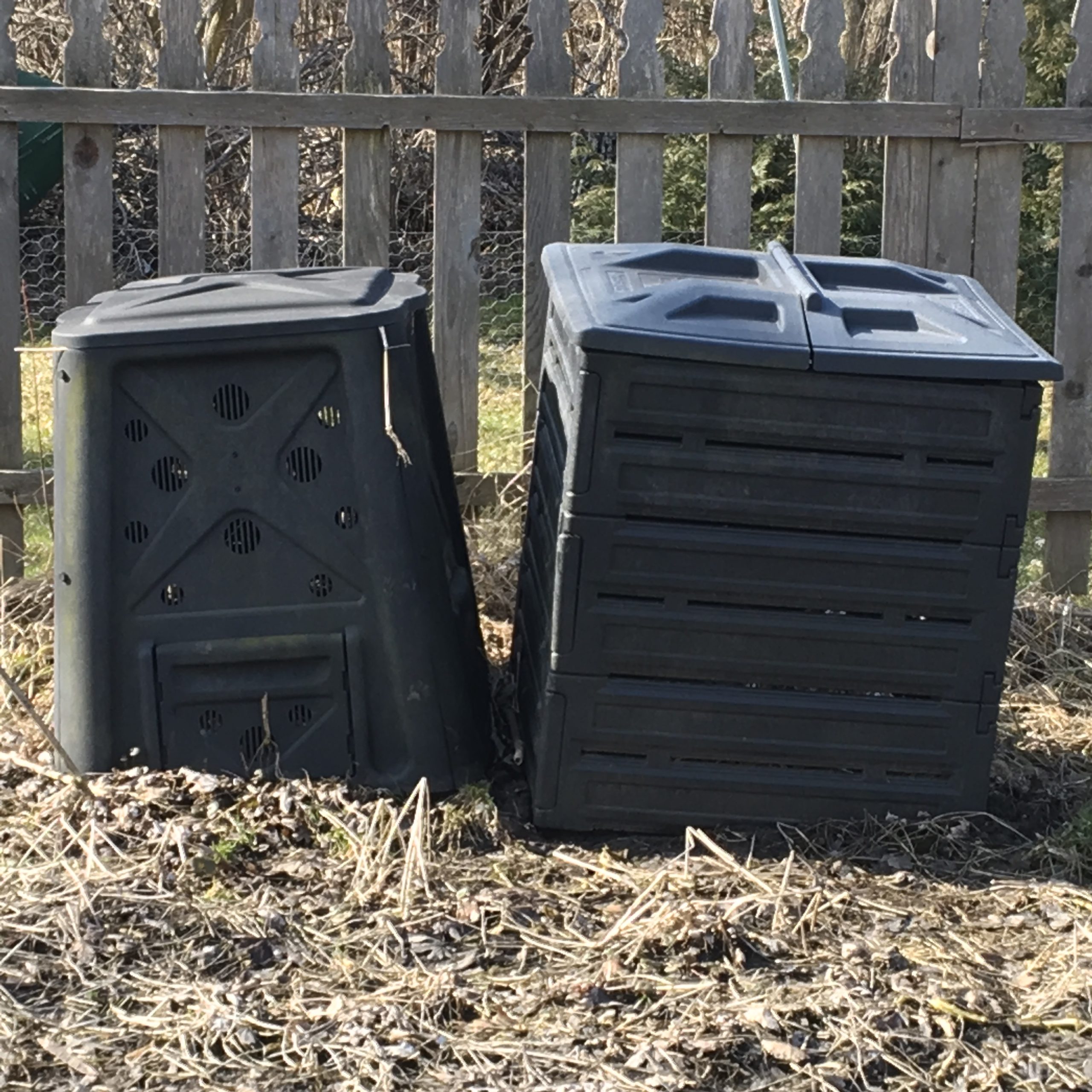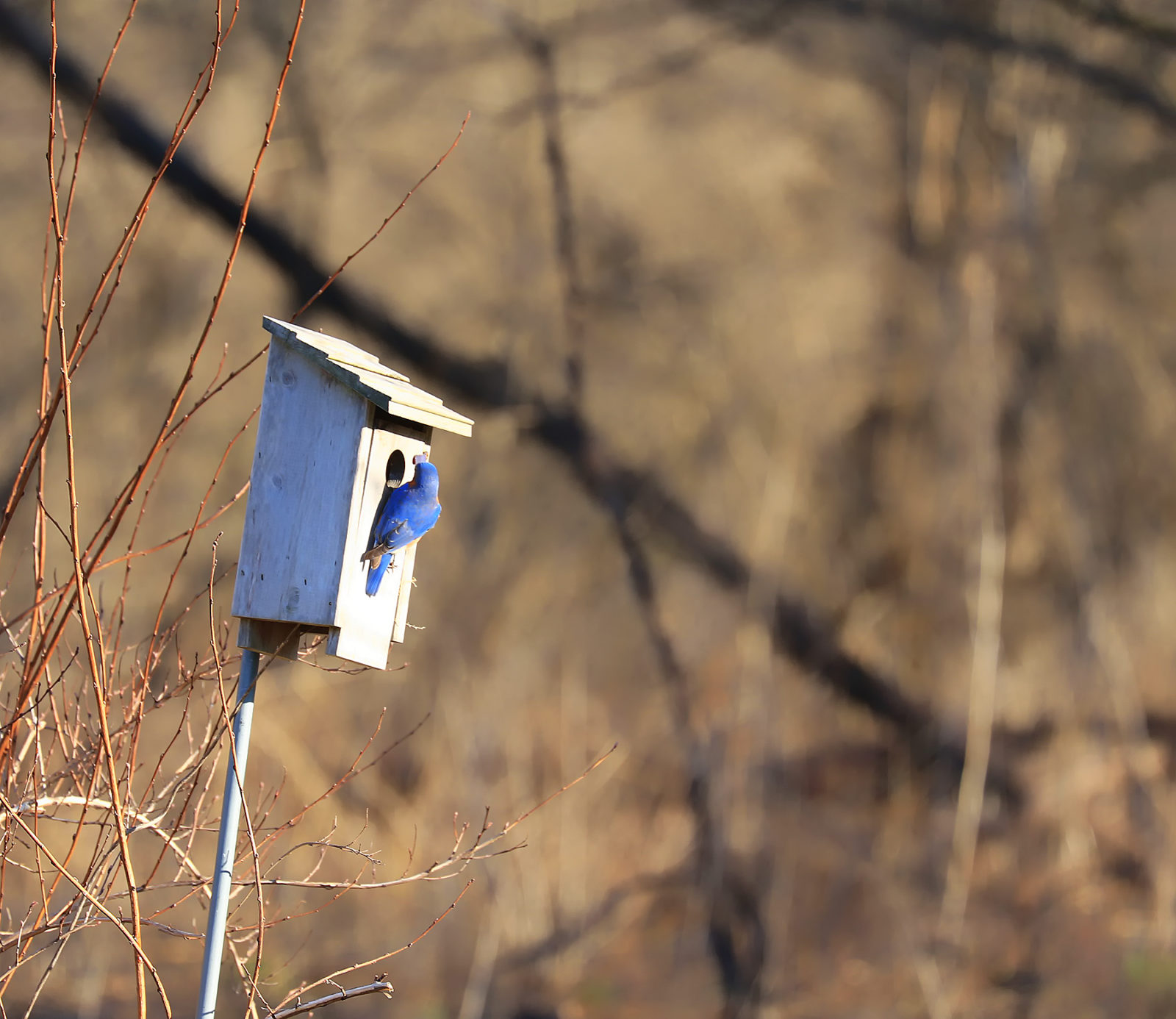Each year we celebrate Earth Day in April. Think of it as a party that honors our one and only planet. The 51st celebration took place on April 22, 2021, with the theme “Restore Our Earth.” As gardeners, we enjoy a wonderful connection to nature through our plants and the insects, birds and other critters that benefit from our gardens and our care. As a gardener and nature lover, I think every day should be Earth Day.
A Little History
The first Earth Day event took place in April 1970. Before that, industrial waste products contaminated waterways, lakes and landfills. Congress that year authorized a new government agency—the Environmental Protection Agency (EPA), and the Clean Air Act and the Clean Water Act were put in place to protect the land, water and air.
Every person—child or adult—can do a little something to acknowledge and appreciate Earth Day. Here are a dozen ways you can celebrate throughout the year.
Plant a Tree
Settlers in the 1800s sometimes planted “commemorative trees” to celebrate a wedding and thus they were called “wedding trees.” That is still a great idea today—planting a tree to celebrate an event, whether it’s a wedding or a birth, or in memory of a loved one. But you don’t need a special occasion to plant a tree. After all, they can provide shade, ornamental or edible fruits, fall color, and a nesting place for birds. Native trees also provide food for native insects, which in turn become food for birds.
Grow a Butterfly Garden
Who doesn’t love a butterfly floating above the flowers on a bright sunny day? You can attract butterflies by providing plants that offer nectar, host plants where females can lay their eggs, and a “puddling station”—a shallow container filled with rocks and some water where they can get a drink. Some of my favorite nectar plants are Midwestern natives—milkweeds, black-eyed Susans, asters and coneflowers. Annual zinnias, cosmos and salvia also attract pollinators to our garden in large numbers. Showing appreciation to our pollinators is a wonderful way to celebrate Earth Day.
Conserve Water
With Lake Michigan and the other Great Lakes providing a seemingly endless supply of fresh water to gardeners in the Midwest, water conservation has not been a concern. However, if you live in urban areas where the city provides lake water, you’re paying per gallon. When it comes to watering your garden, especially in the heat and drought of summer, those dollars add up quickly. Why not conserve your cash and water your plants with rainwater collected in rain barrels? And, unlike most municipal water, rainwater is untreated—no chemicals. If you have a low spot that collects water, take advantage of it and plant a rain garden.
Plant a Prairie Garden
Another way to conserve water is by using drought-tolerant prairie plants. Once upon a time—about 225 years ago—tallgrass prairie spanned more than 170 million acres. Before my home state, Illinois, was settled, more than 22 million acres was covered in prairie grasses and wildflowers, some that reached 10 feet tall and had roots that easily grew 11 feet deep where they could reach moisture. Today, only 2,300 acres of that precious original Illinois habitat remain—in both private and public lands, many of them state natural areas, in small pioneer cemeteries, in random spots along railroad tracks, and in botanical gardens. Prairie plants like liatris, coneflowers, rudbeckia, coreopsis and goldenrod are important nectar and pollen plants for many native insects and butterflies. They’re all great additions to the sunny perennial border and once established are very drought-resistant.
Start Composting
Don’t waste all those good kitchen scraps or garden trimmings. Use them to make compost—black gold—that will enrich your garden soil and containers. You can start a compost pile or make your own compost bin. Bonus: you’ll be keeping that waste out of landfills and providing free organic materials to your beds and borders.

Get Planting!
We’re well into spring and there are many things to plant this month. Here in Zone 5, not far from Chicago, I’m planting peas, Swiss chard, lettuce, radishes and potatoes. Why wait until hot weather when you can enjoy cool-season crops now? Pansies fill my hanging baskets and window boxes for an early pop of color. And the native wildflowers planted last fall—Virginia bluebells and bloodroot—are blooming and attracting many tiny bees, flies and other native pollinators.
Recycle
No one really enjoys sending things to the landfill, especially gardeners. Recycling, repurposing and reusing is not only an Earth Day activity; there are many opportunities every other day of the year. I’ve seen glass cake stands perched on metal rods where they serve as decorative birdbaths or as plant stands in the garden. Wooden chairs past their prime, are painted bright colors and popped in a border where they hold containers overflowing with annuals. I’ve used outdoor paint—shades of eggplant, mauve and purple—on tired resin pots, metal patio furniture, and metal and wood arbors to give them a new, colorful life. One of my favorite containers is a recycled construction wheelbarrow, painted aubergine and filled with colorful annuals. And, how about recycling those old clothes into a new wardrobe for a scarecrow that kids and adults will enjoy?
Take a Class
During the pandemic, public and botanic gardens turned to online classes. The Chicago Botanic Garden, where I’ve taught for more than 20 years, offers everything from horticulture and design to wellness and photography. Your local park district or botanic garden may do the same. The Garden Conservancy also offers many interesting webinars on different topics. And, of course, PlantersPlace has wonderful instructional videos.

Plant a Container
Even though we garden on an acre in the ground and in raised beds, I wouldn’t be without my containers—at least 40 of them. Large pots sit on our front stoop, flanking the doors, and at the head of paths. Strawberry pots filled with tiny alpine strawberries perch on garden walls while canna lilies bloom in pots set among perennials in the shade garden and sunny borders. I use containers in the vegetable garden and alongside the greenhouse. Containers filed with soilless potting mix let me change my plantings every year—vegetables, annuals, perennials, tropicals—it’s fun to experiment and if you have limited space, pots and window boxes are the way to go. Check out our container gardening videos.
Join a Club
Whether it’s a local garden club, a birding group, a photography club, an Earth day celebration, or a plant society, joining any one of them will give you access to like-minded gardeners and experienced hobbyists. You’re bound to discover new ideas and make new friends and perhaps acquire new plants through members’ plant exchanges and sales. There are clubs for native plants and specialty plants ranging from bamboo to sedum and everything in between.
Grow a Bird-friendly Landscape
Birds are an important means of pest control in our garden. They scoop up plenty of insects and caterpillars that would otherwise chomp on our tomato plants and squash leaves. (And they are so entertaining to watch.) We set out nest boxes for them and plant trees and shrubs, such as native serviceberry and winterberry to provide food. But of all the birds that visit, I love watching ruby-throated hummingbirds. One of their favorite plants is the annual salvia. They also seek nectar at liatris and tithonia (Mexican sun flower).

Read Up
Pick up a book, make some herbal tea and pull up a chair in the garden. I’m partial to garden history books, especially those dealing with Victorian-era gardens. Here are some of my favorite titles at the moment:
“Native Plants of the Midwest” — Alan Branhagen (Timber Press)
“Tallgrass Prairie Wildflowers” — Doug Ladd (Nature Conservancy and Falcon Press)
“Bringing Nature Home: How You Can Sustain Wildlife with Native Plants” — Douglas W. Tallamy (Timber Press)
“Insects and Gardens: In Pursuit of a Garden Ecology” — Eric Grissell (Timber Press)
“Butterfly Gardening: Creating Summer Magic in Your Garden” — The Xerces Society and the Smithsonian Institution (Sierra Club Books)
“Gardening for Butterflies” The Xerces Society (Timber Press)
“Caterpillars in the Field and Garden: A Field Guide to the Butterfly Caterpillars of North America” — Thomas J. Allen, Jim P. Brock, Jeffrey Glassberg (Oxford)
“The Midwestern Native Garden” – Charlotte Adelman, Bernard Schwartz (Ohio Press)
“Pollinators of Native Plants: Attract, Observe and Identify Pollinators and Beneficial Insects with Native Plants” — Heather Holm (Pollination Press)












